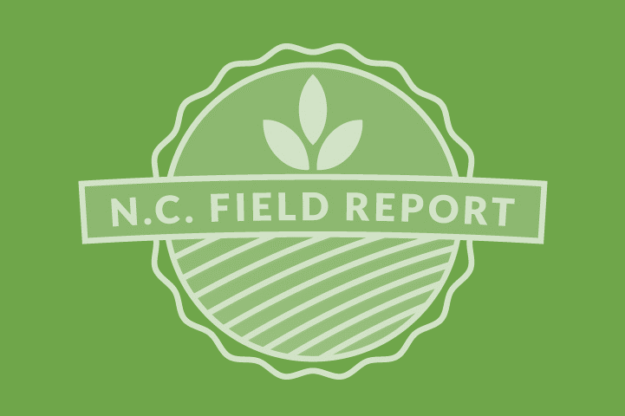Flag the Technology
With two new herbicide-resistant technologies widely available this season, it is now more important than ever to know which fields are safe for which applications. Also, warning the applicator (or other growers in the area) which fields will be sensitive to off-target drift is critical. A simple mix-up by an applicator on which field…
Details

